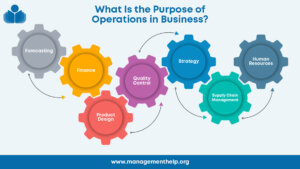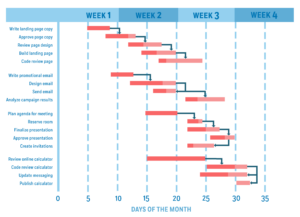The following is a guest post by Susan Shearouse, author of Conflict 101.
Early morning, the mists rising off the placid river, the crew racing in that long sleek boat, each team member pulling through the strokes in unison, the team leader sitting at the back calling commands. Ahhh, teamwork…
What happens when the reality of teamwork doesn’t match the vision? The meeting is a little tense, there are several ideas about the best way to proceed. One person starts to speak, another cuts in. A head tilts, a jaw tightens, the voices get just a little bit louder, and everyone in the room stiffens. Fear vibrates through the room – fear that an argument is about to take over, fear that conflict will derail the team and the project once again. Some want to get out of the meeting as quickly as possible, others want to pile on, jump into the disagreement on one side or the other.
What is a project manager to do?
(1) Slow down. Take a break. Allow yourself time to think through a way to proceed. Disagreements are healthy and useful to the team. Better ideas can be created when people can share concerns, ideas and creative solutions. Everyone on the team benefits from feeling that their views are heard and valued.
(2) Take a solution-seeking approach. When and where can we meet? We need a place that is neutral and conducive to hearing one another and enough time for people to air their views. What additional information might team members need? How can we get it to them?
(3) Create a safe place for people to talk. Establish guidelines for the exchange of ideas: stay focused on issues not individuals, listen, respect differences, monitor your airtime, let one person talk at a time…
(4) Be curious. What do others think? And why? Ask questions and wait for their responses. Check that you have understood what they have said – without disagreeing.
(5) Listen. Demonstrate your willingness to hear different points of view without jumping in. Ssshhh – keeping quiet encourages others to talk.
(6) Define the problem. In neutral terms, based on everyone’s views and concerns, develop a common understanding of the problem or question at hand.
(7) Explore options. Create a list at least five to seven possibilities before evaluating any of them. This will help diffuse either/or thinking.
—————————
For more resources, see the Library topic Project Management.
—————————
SUSAN H. SHEAROUSE is the author of Conflict 101: A Manager’s Guide to Resolving Problems So Everyone Can Get Back to Work (AMACOM 2011). She has served as Executive Director of the National Conference on Peacemaking and Conflict Resolution and on the Advisory Board of the Institute for Conflict Analysis and Resolution at George Mason University. Her clients have included Lockheed Martin, Philip Morris, the IRS, the US Environmental Protection Agency, the US Army Corps of Engineers, and many others. Find out more about Susan Shearouse and Conflict 101 here: http://www.amacombooks.org/book.cfm?isbn=9780814417119.
 Sections of this topic
Sections of this topic













